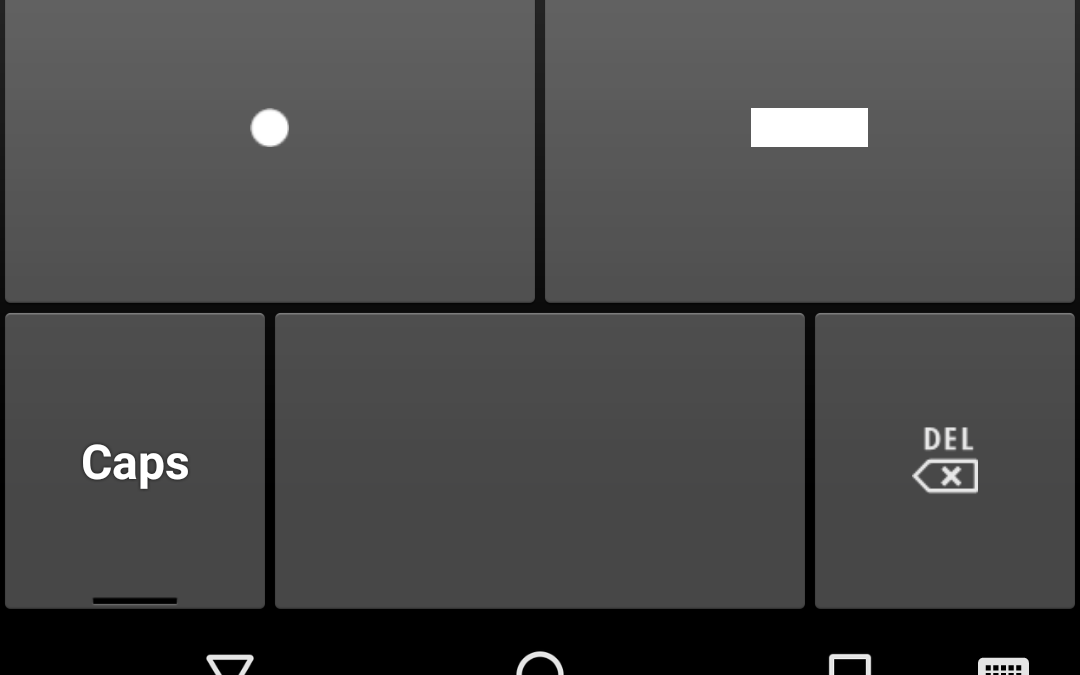
Dealing with screen addiction.
I resisted calling this title something like “Man, nearly 39, installed a Morse Code keyboard on his phone. You won’t believe what happened next…”. Only just.
Because I did install a Morse Code keyboard on my phone. But a bit more on that later.
I love technology. I love controlling technology might be an even better way to put it. There are so many cool things you can do with a few cheap bits of tech. What I don’t love is being controlled by technology, and that’s what was finding was happening to me more and more.
Some people refer to it as FOMO – Fear Of Missing Out. I don’t know what I would call it, but the desire to check my phone for Twitter, Instagram, Facebook, messages, updates, emails (everything BUT a dreaded actual phone call) was there all the time. All the time. Can’t sleep? Phone. Waiting for someone? Phone. Toilet? Phone. (Ew, but we all do it). Eating alone? Phone. Watching TV? Phone.
I saw an ad for the Light Phone 2 recently. A phone that doesn’t do much. It has a monochrome e-ink display. It makes phone calls, sends text messages, gives you directions, handles contacts and a calendar and that’s about it. It’s a phone that’s designed to be used as infrequently as possible. It got me thinking about what I could do to reduce the amount I use my phone. My phone is a bit like food – I can’t cold turkey to deal with an addiction like you can with a lot of things. I need my phone for work and to be in touch with friends and family.
What’s the second best thing? Make my phone as unpleasant to use as possible.
In Android (and probably iPhones, too) you can, with a few screen-presses, change the screen to be grey scale. No more colourful eyecandy dopamine hits when I unlock my phone.
The second thing is to make it hard to idly punch in messages all the time. Along comes a new keyboard, called DotDash. And yes. It’s a Morse Code based keyboard, with 5 buttons. One for dots. One for dashes. A shift key. A space bar. And a frequently used backspace key. If you need a hint, you can swipe up from the bottom of the screen to get a Cheat Sheet. I still need it, but much less. It’s actually surprisingly fun to use, and is really easy to use without looking at the screen.
The last thing that I need is to somehow measure what sort of improvement (or change) I’m seeing in my behaviour. I could probably load another app that shows me how many hours of the day my phone is active, but that doesn’t take into consideration mindless scrolling time vs. thoughtful, unavoidable use. So I’ve decided to use battery life as a metric.
I usually need to charge my phone in the evening when I plonk down on the couch. Battery is usually at around 10-15%. Last night it was on 47%. Now, on day 2 of this experiment, at 1615, it’s at 66%.
The other thing, which is slightly related, that I’ve stopped doing, is to have headphones in wherever I go. I have used headphones as a way of dealing with two years of on-and-off very stressful situations, but it’s become a crutch. One that I’ve decided I need to be free of. Fewer vices is better.
There are some annoyances with having your phone set to greyscale, and that is that you don’t quite know what your photos look like. It feels like I get a greyscale thumbnail (or a contact print, even) of the photo, that I can later see in full glorious colour when I sit down with my computer.
And colour never looks so good!
I realise I’m only two days in to this experiment, but it feels like it’s the right thing to do. I’ll try to remember to post an update soon.
Thank you to @fernandogros on the Twitters for the chats about this subject, and his blog post on the same subject.